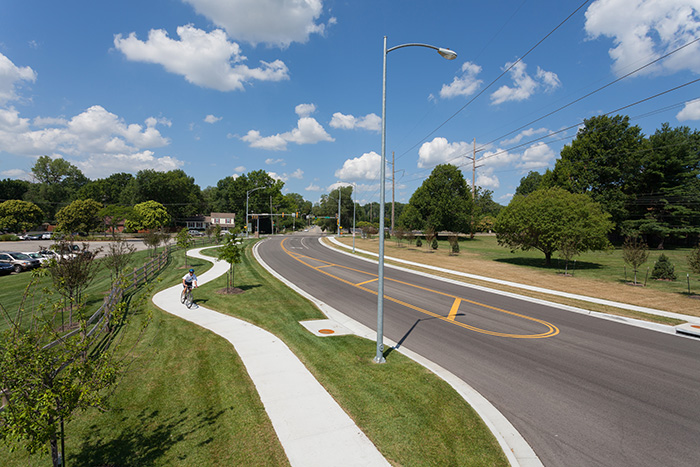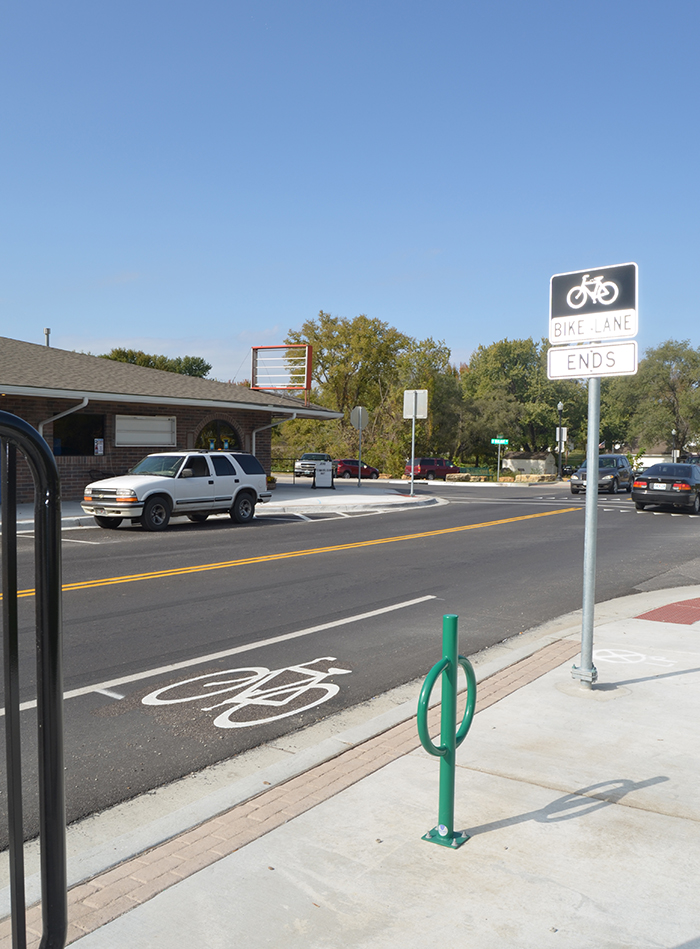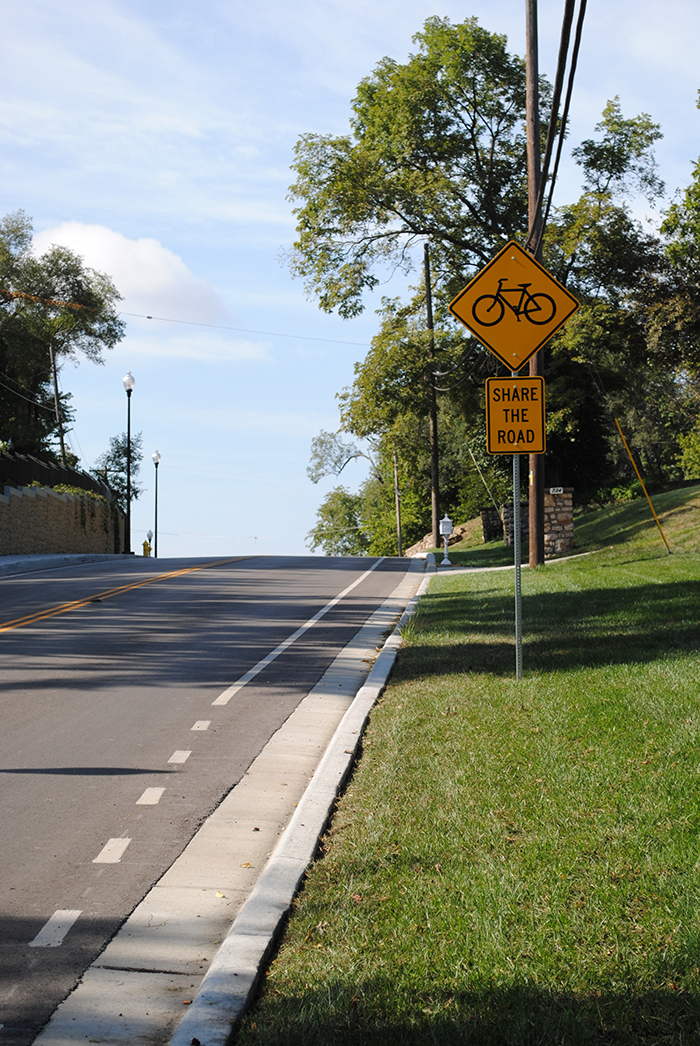Thinking Beyond Vehicles with Multimodal Facilities
Posted on Wednesday, October 18th, 2017 by Affinis CorpIn Project Strategies, Roadway, tagged in Tags: bike lanes, multimodal facilities

The demand for bike lanes, trails and mass transit has been steadily growing. These new transportation modes offer a number of benefits, but bring with them new challenges. Today, we interviewed Linda Rottinghaus, PE, ENV SP, senior project engineer, on why they are becoming popular and how cities can start to integrate them into their communities.
Why do you think multimodal facilities are becoming more popular?
Over the years, there’s been a lifestyle shift. As millennials are coming of age, they’re wanting less space and more connectivity. They don’t want the urban sprawl and instead, want to be close to work and other activities. This is influencing the growing demand for multimodal facilities.

Do you think this trend will rise?
Yes, as technology continues to improve, this trend will rise. We’re connecting phones and wifi with a number of transportation modes. Kansas City has seen success with the addition of the streetcar and its Smart City initiative, while Uber is transforming how people get from place to place. As new advancements are made, transportation will continue to evolve.
How can cities easily accommodate multiple modes of transportation?
It really depends on the goals and modes that they’re hoping to incorporate. However, we’ve seen success with road diets, like the one we did on Mission Road. This approach doesn’t typically involve reconstruction.
What should cities consider before adding multimodal facilities?
They should have a vision for their community, as well as a list of priorities. Then, they need to work hand-in-hand to execute their goal. Often, departments work autonomously, so making sure everyone is on the same page is important. For example, if trails are a priority, then those efforts need to be coordinated with parks and rec, transportation, water, etc. In some ways, it is a change in mindset. We’re now thinking beyond moving just vehicles in our designs and instead, are looking at a variety of ways to get people from one place to another.

What are some common challenges?
Old infrastructure can be an issue. Coming up with solutions that don’t require major reconstruction can be challenging.
It can also be difficult to get a variety of stakeholders on board with the city’s vision. Making sure developments are connected to the community as a whole is a common consideration. But, when you’re working towards a larger goal, having individual developers work together is the next step to increasing connectivity.
How important is education for users when new modes are introduced?
Younger generations are often driving these changes. They adopt new modes early and need little education. However, these concepts may be more foreign to older citizens. As new facilities are introduced, it’s important to consider the audience and create a plan that meets the affected group’s needs.